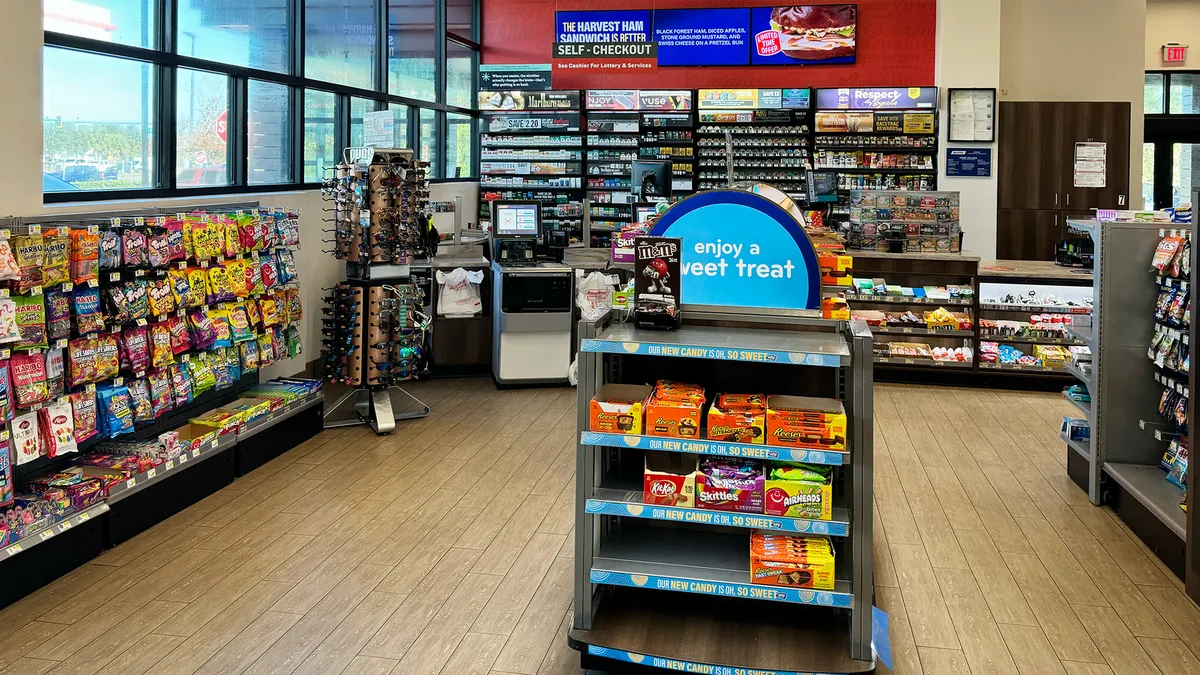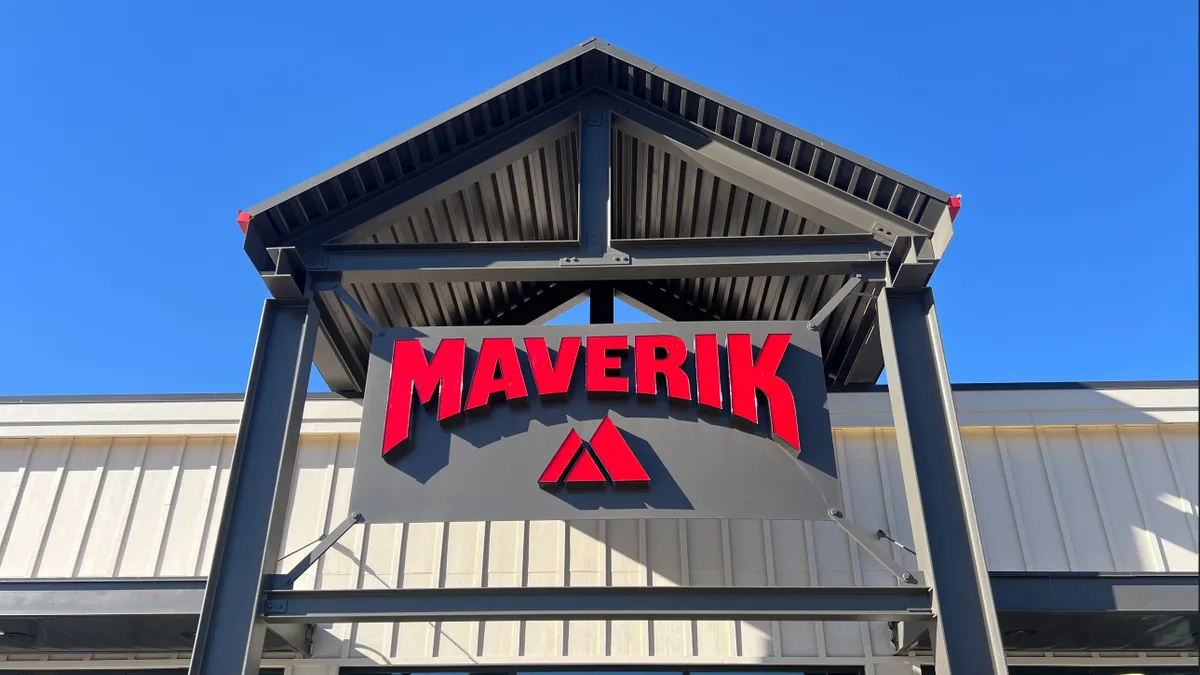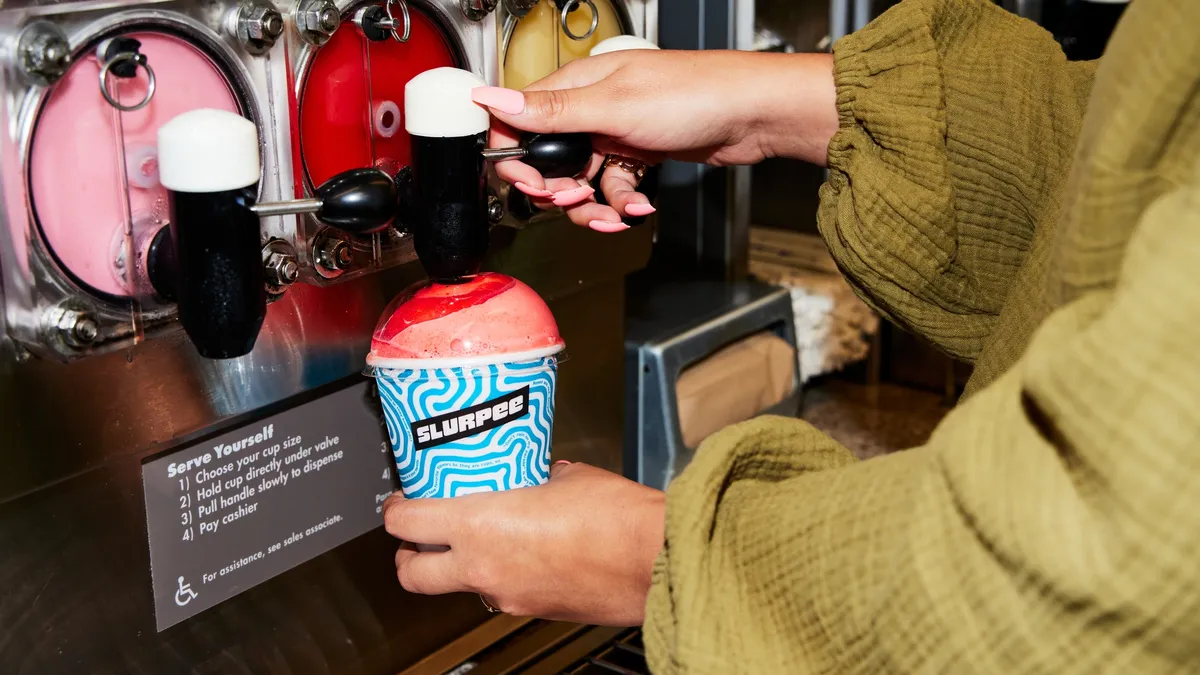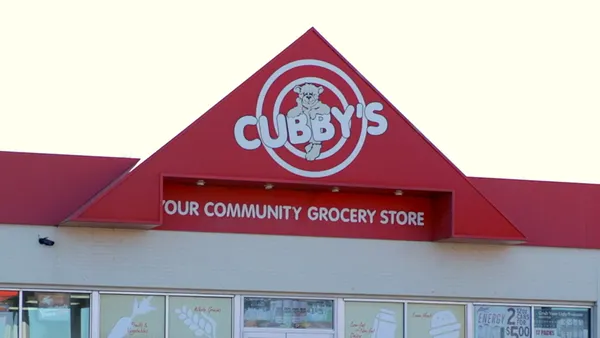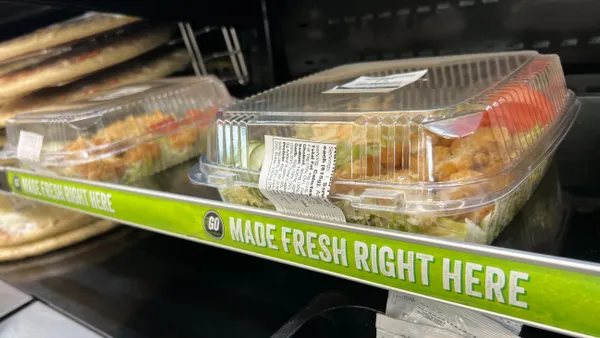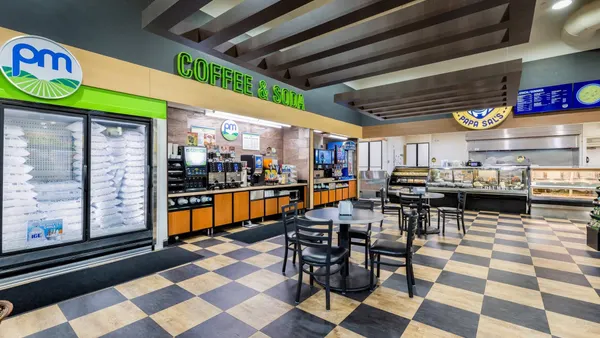Meet the modern convenience store. It's a long way from your grandparents' convenience store. The industry is morphing, evolving far beyond the traditional "smokes-and-Cokes" model to provide new products and services underpinned by modern technologies. All while keeping the quick-service DNA that defines the format.
Customers are demanding seamless digital interactions from these stores alongside their traditional physical convenience. That means integrating loyalty programs and AI-powered promotions without losing their core promise of speed and ease. It also means digital content delivered through retail media networks. In 2025, 47% of shoppers saw digital ads in C-store premises, up from 27% the year before.
C-stores also face a fundamental shift in a crucial part of their operation: fuel sales. Advances in payment technology make it possible to provide a range of payment options at the pump, while the ability to adjust gasoline prices based on transaction type opens up opportunities in digital loyalty cards.
The data gleaned from those transactions enables C-stores to beckon customers inside with personalized offers. With electric vehicle charging becoming more common at C-store outlets, those customers can also be tempted to enter the store while they wait for their vehicles to charge.
And these more time-in-store strategies open up possibilities in another area: food services.
“C-store food went from being the meal of last resort to something that's sought after," points out Richard Newman, chief strategy officer at Acumera. One Acumera customer, Casey’s General Stores, is the third largest convenience store chain brand in the country and also the number five pizza brand in the United States.
"Most of the major C-store chains have moved into the provision of food services as well as fresh food products. It's been a major category change, and it's driving profitability for some of the largest operators," Newman continues.
The expansion of food services creates more technology challenges for C-stores as they look to kitchen display and mobile ordering systems to drive more efficiency into this expanding revenue line.
The Iowa-based gas station and pizza chain, through the use of Acumera’s Reliant Platform, has dramatically reduced truck rolls while simultaneously increasing uptime by enabling remote updates and management.
The danger of upgrade fatigue
The challenge for many C-store chains is the continual cycle of upgrading their store infrastructure to keep up with the times. All too often, technology vendors push them to upgrade their products every three years, Newman points out. As products near end-of-life, companies repeatedly find themselves having to dig deep and undergo more upgrades. Windows 10's approaching end-of-life in October 2025 will prompt yet another round of forced upgrades.
"Most of the market would like to have assets depreciate over eight to 10 years," Newman says. "If you have to replace it after three years because the vendor has told you it's obsolete and won't work anymore, that's frustrating."
Upgrade fatigue is especially painful for C-stores operating on thin margins with limited IT staff, he warns.
Balancing innovation with simplicity
The solution lies in technology that is powerful, flexible, and invisible, improving service without complicating operations. Software-defined infrastructure, which transforms the management of hardware-based assets into software, makes it easier for C-stores to deploy, control, and leverage their digital assets.
In a software-defined environment, applications can run inside virtual machines on standard server hardware designed not to need frequent upgrades. Their service provider (in this case, Acumera) can programmatically update the programs without forcing expensive, cumbersome physical hardware replacement.
Software-defined solutions also make it easier to manage security. Traditional hardware security systems become obsolete quickly and require truck rolls for replacement. Recasting them in software allows C-stores to deploy new policies and protections programmatically based on emerging threats and changing compliance requirements. That can happen without physical intervention.
This software-focused approach to branch computing also offers management advantages such as zero-touch provisioning. That means installing software and security functionality instantly from a central point, with no truck rolls, costly downtime, or waiting required.
Edge connectivity revolutionizes C-store operations
Latency and reliability also underpin technological innovations in C-stores, especially as they generate more data through IoT sensors, cameras, point-of-sale systems, and fuel management equipment. Many of these outlets operate in remote locations with limited broadband options. As they explore AI applications like personalized promotions and computer vision systems, they can't rely solely on cloud connectivity for real-time decision-making.
That's why edge processing is becoming more critical for them. Edge computing allows local data processing and fast response times while sending only relevant insights to the cloud. It supports both legacy systems and next-generation applications on the same infrastructure platform.
Casey's Pizza serves up success with Acumera
For some C-stores, this faster, sharper future is here now. Casey's moved to a fully virtualized store environment using Acumera's edge computing platform that now runs its point-of-sale systems. Virtualized POS systems allowed Casey’s to push updates to them programmatically across almost 2,900 locations. It automates configuration management with Acumera to make updates and operations smoother. The best part: This arrangement gives Casey's more control over which other technology partners it works with, avoiding lock-in to cloud hosting providers, software application providers, or physical hardware vendors.
This modernization allowed Casey's to focus on food service innovation while maintaining operational efficiency. The platform supports both its traditional convenience store operations and its growing food service business without requiring separate technology stacks, demonstrating how proper infrastructure investment enables rather than hinders business growth.
If your C-store brand is facing challenges like these, it's time to explore an edge platform, that can bring modern computing innovations to your stores without financial or physical disruption.

